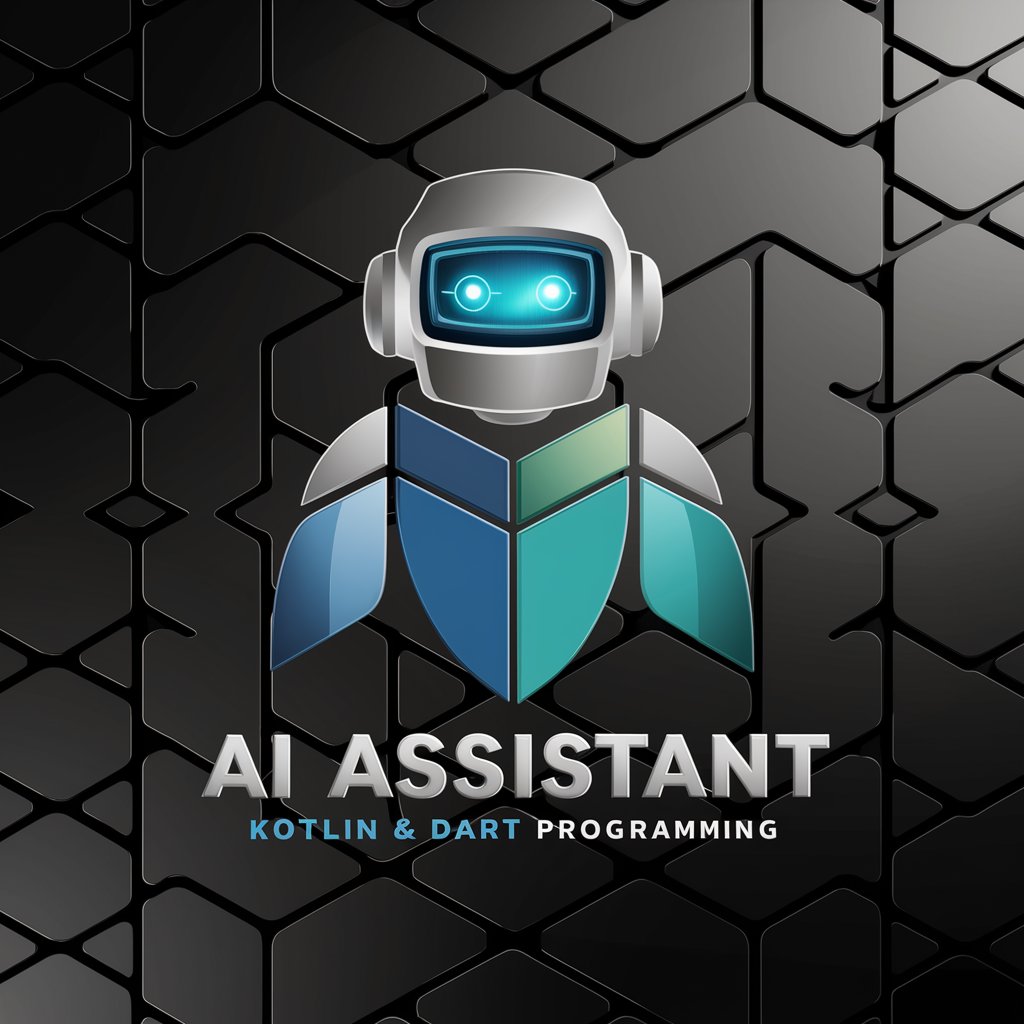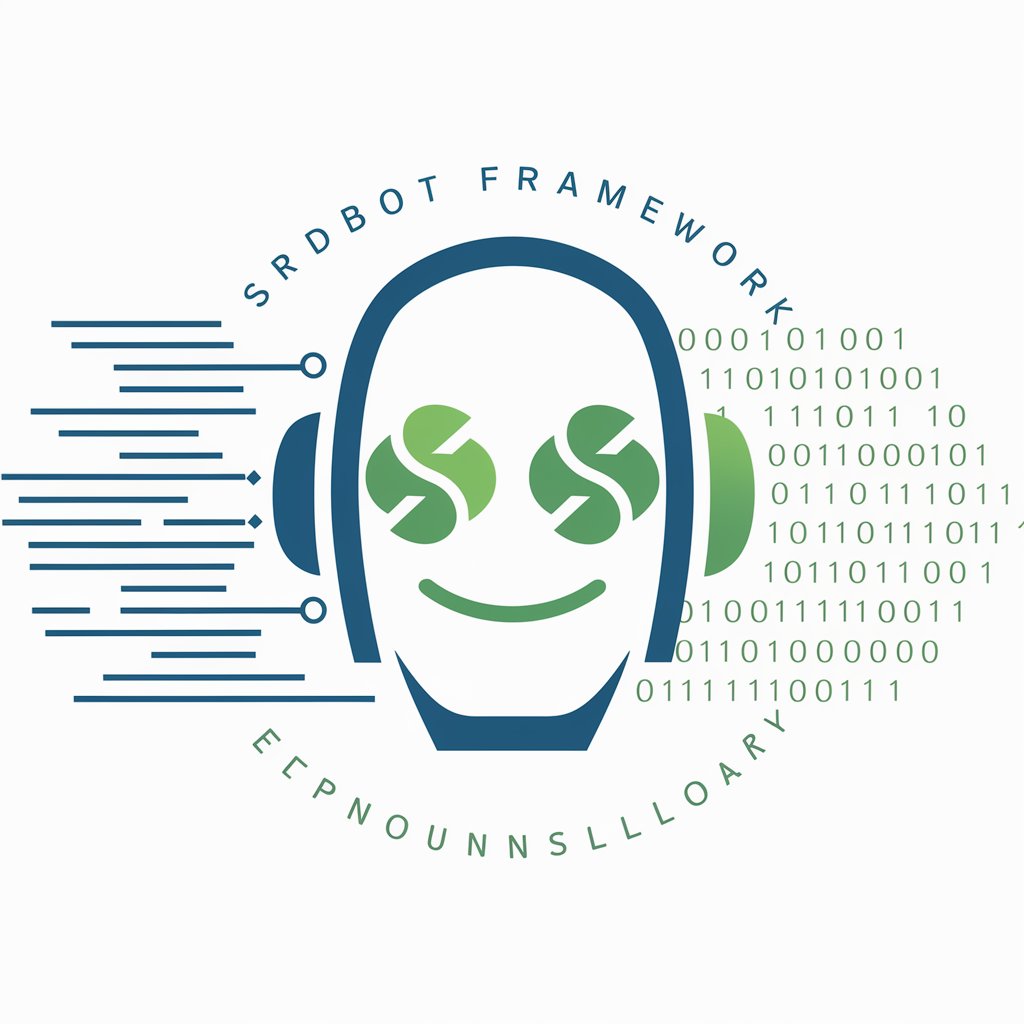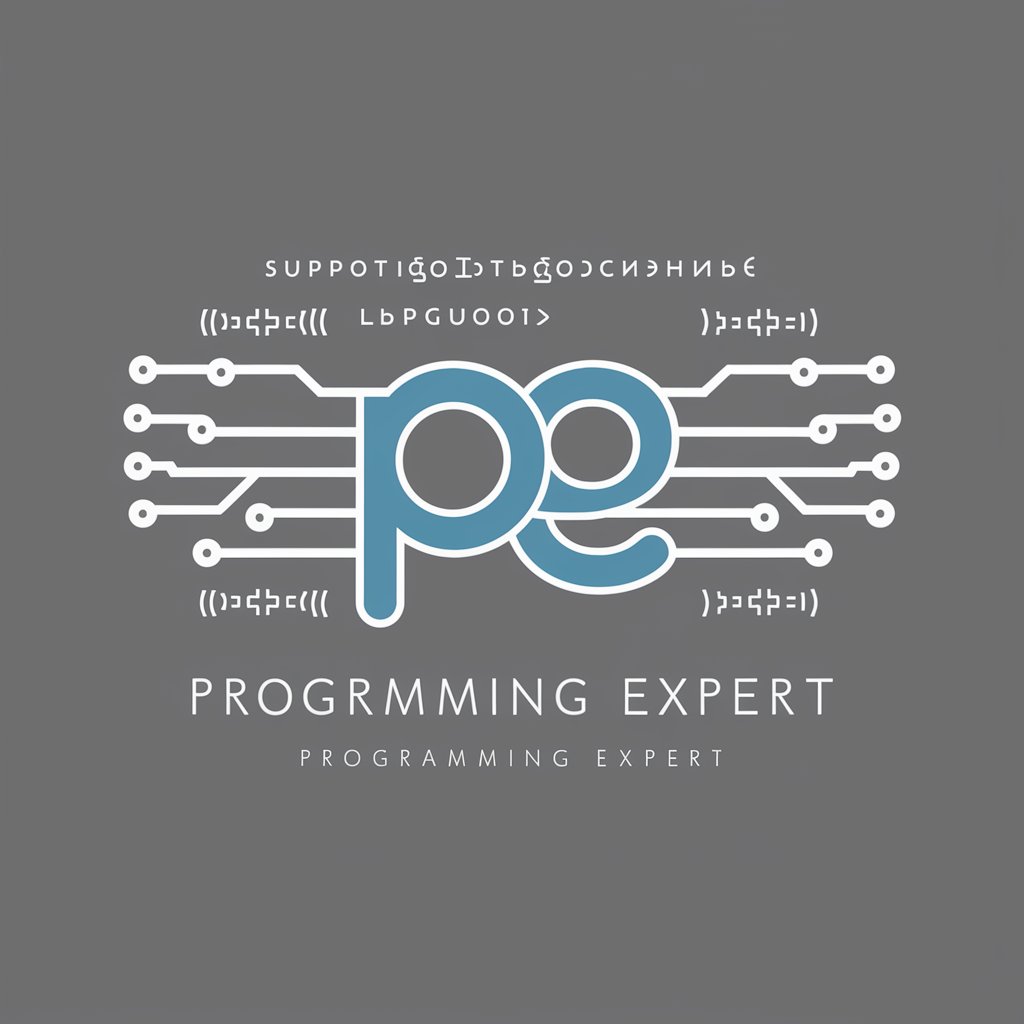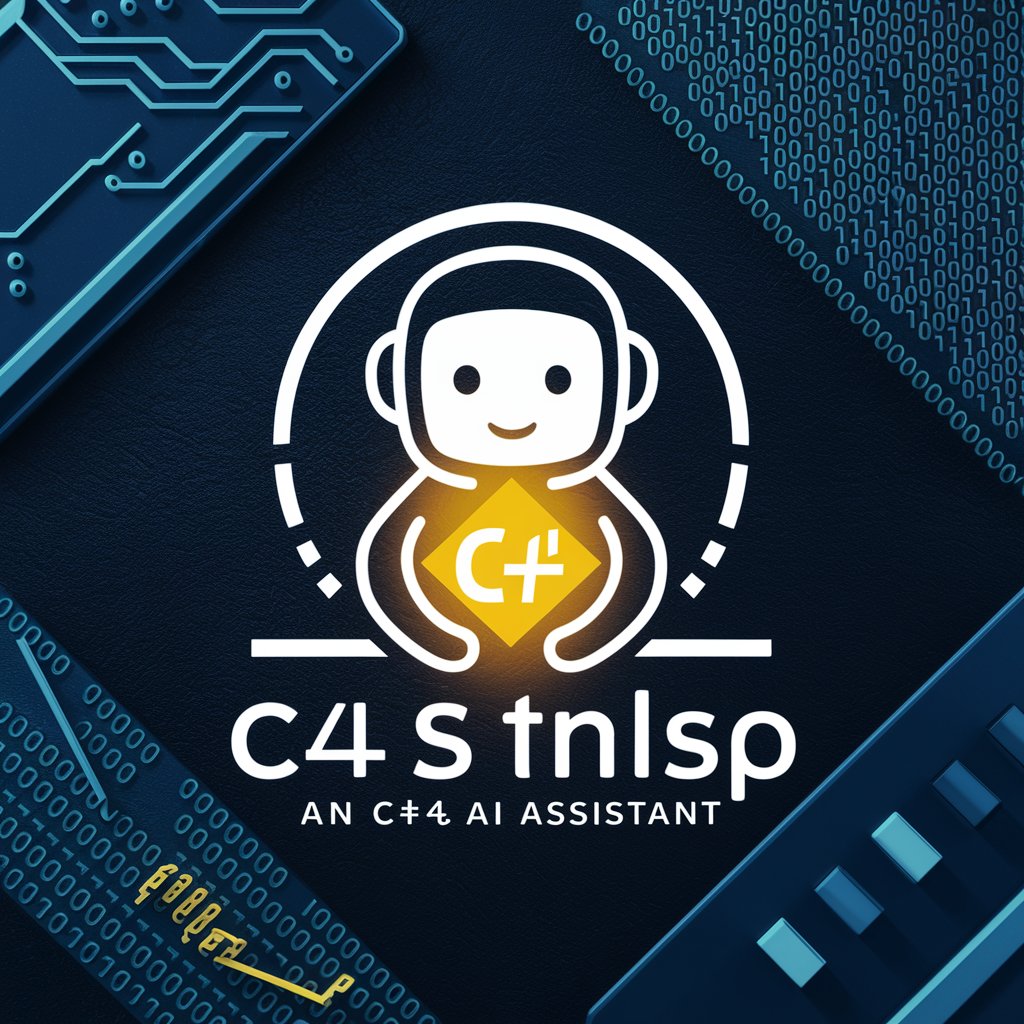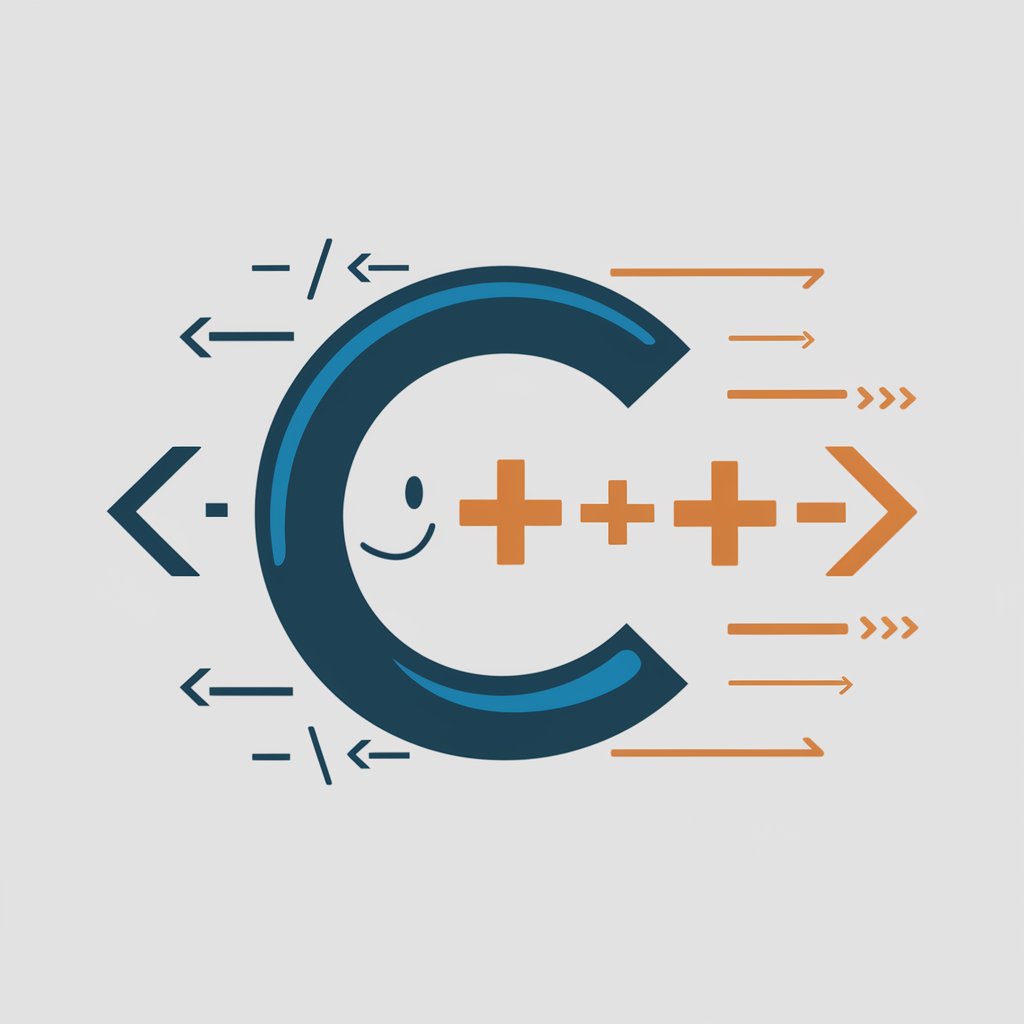
Java-Java coding assistant
AI-powered Java guidance from setup to scale.
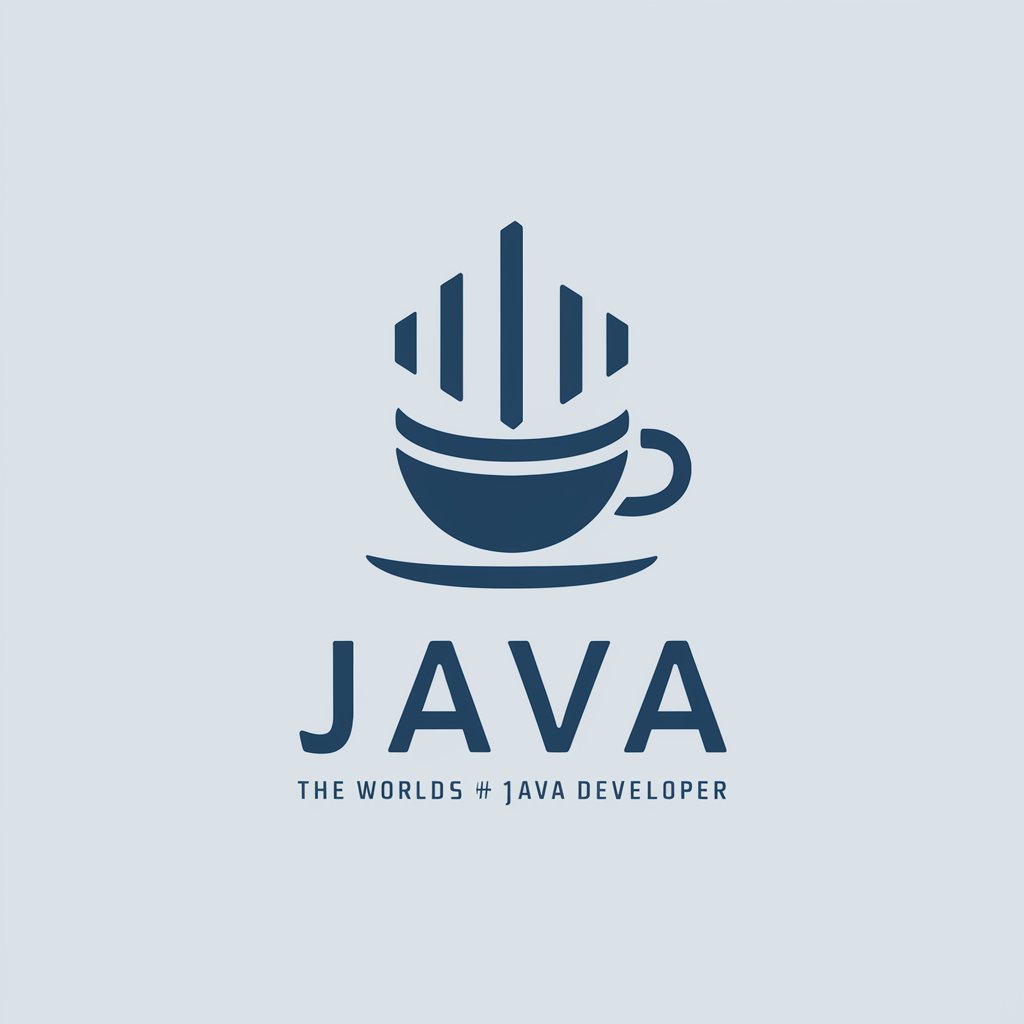
Your personal Java / Spring assistant and project generator with a focus on responsive and scalable code. Write clean code and become a much faster developer.
🚀 Create a full CRUD app in Java using Spring
💡 How can I connect a database in Java?
🪲 Find any bug or improvement in my code
💡 Teach me a useful skill or trick in Java
Get Embed Code
Introduction to Java
Main Functions of Java
Object-Oriented Programming (OOP)
Example
Creating a class for 'Employee' and creating instances for specific employees
Scenario
In an enterprise application, the OOP paradigm helps organize and structure code. For instance, creating an 'Employee' class with properties such as name, ID, and salary allows developers to easily manipulate employee records, add functionalities (e.g., method to calculate salary), and extend it to create different types of employees (e.g., FullTimeEmployee or PartTimeEmployee).
Platform Independence via JVM
Example
Running the same Java code on Windows, Linux, and macOS without modification
Scenario
A company has an application that needs to be deployed across multiple operating systems (Windows, Linux, and macOS). With Java, developers write the application once, compile it into bytecode, and the JVM ensures that it can run on any of these operating systems without needing to rewrite or modify the codebase.
Automatic Garbage Collection
Example
Automatic memory management in Java applications such as server-side software
Scenario
In a web server environment handling numerous client requests, managing memory manually can become cumbersome and error-prone. Java's garbage collector automatically clears unused memory, ensuring that memory leaks are minimized, thus improving performance and reliability, especially for long-running applications.
Multithreading
Example
Creating multiple threads for handling simultaneous tasks, like downloading multiple files
Scenario
Consider a media streaming app that streams video, handles downloads, and manages user input. By using Java's multithreading capabilities, the app can stream the video, download content in the background, and respond to user actions all at the same time without blocking each other, thus ensuring smooth user experience.
Rich API for Networking and Database Access
Example
Using JDBC to connect to a database for retrieving records or using Java libraries for HTTP requests
Scenario
In a banking application, Java’s rich set of libraries such as JDBC (Java Database Connectivity) can be used to interact with a relational database like MySQL. A developer can execute SQL queries, retrieve customer records, and process transactions securely without writing complex database handling code.
Ideal Users of Java
Enterprise Software Developers
Java is widely used in enterprise environments, particularly for developing large-scale, mission-critical systems. Businesses rely on Java’s platform independence, stability, and robust libraries to build secure applications like CRM systems, ERP software, and financial platforms. The ideal users here are developers working in organizations that require complex and reliable backend systems that are maintainable and scalable over time.
Android App Developers
Java has historically been the primary language for developing Android applications. Although Kotlin is now preferred, many Android apps still rely on Java. Java provides the tools, APIs, and frameworks necessary to build performant mobile applications that run across a variety of devices. Android developers who need to leverage the full power of the Android SDK and deal with app performance optimization would benefit from Java.
Web Developers (Backend)
Java is used extensively for backend development in web applications. Frameworks like Spring and Java EE (Jakarta EE) are heavily used in modern enterprise systems, providing developers with powerful tools for building scalable, secure, and high-performance backend solutions.
How to Use Java in 5 Steps
Visit aichatonline.org for a free trial without login, also no need for ChatGPT Plus.
Start here for instant, no-cost guidance and examples to accelerate your Java journey.
Install the JDK & tools
Install an LTS JDK (17 or 21). Set JAVA_HOME and PATH. Choose an IDE (IntelliJ IDEA Community, VS Code, or Eclipse). Verify with `java -version`. Optional: install SDKMAN! for managing multiple JDKs.
Write, compile, and run
Create a project folder; add `HelloWorld.java`. Compile with `javac HelloWorld.java` and run with `java HelloWorld`. Prefer project templates or IDE wizards to generate correct structure (`src/main/java`, `src/test/java`).
Use a build system
Pick Maven or Gradle for dependencies, builds, tests, and packaging. Add libraries (e.g., Spring Boot, Jackson, JDBC). Run tests (`mvn test`/`gradle test`) and build artifacts (`mvn package`/`gradle build`). Enable code formatting, static analysis, and CI early.
Apply to real use cases
Build REST APIs (Spring Boot), data pipelines (Streams, JDBC/JPA), concurrency (Executors, CompletableFuture, virtualHow to use Java threads in Java 21), Android apps, or microservices (Docker/K8s). Tips: prefer LTS, monitor with JFR, log with SLF4J, write unit/integration tests, and keep dependencies lean.
Try other advanced and practical GPTs
After Effects Scripts Maker
Create and automate After Effects scripts with AI.

SyncroScripter
AI-powered PowerShell automation for Syncro MSPs.
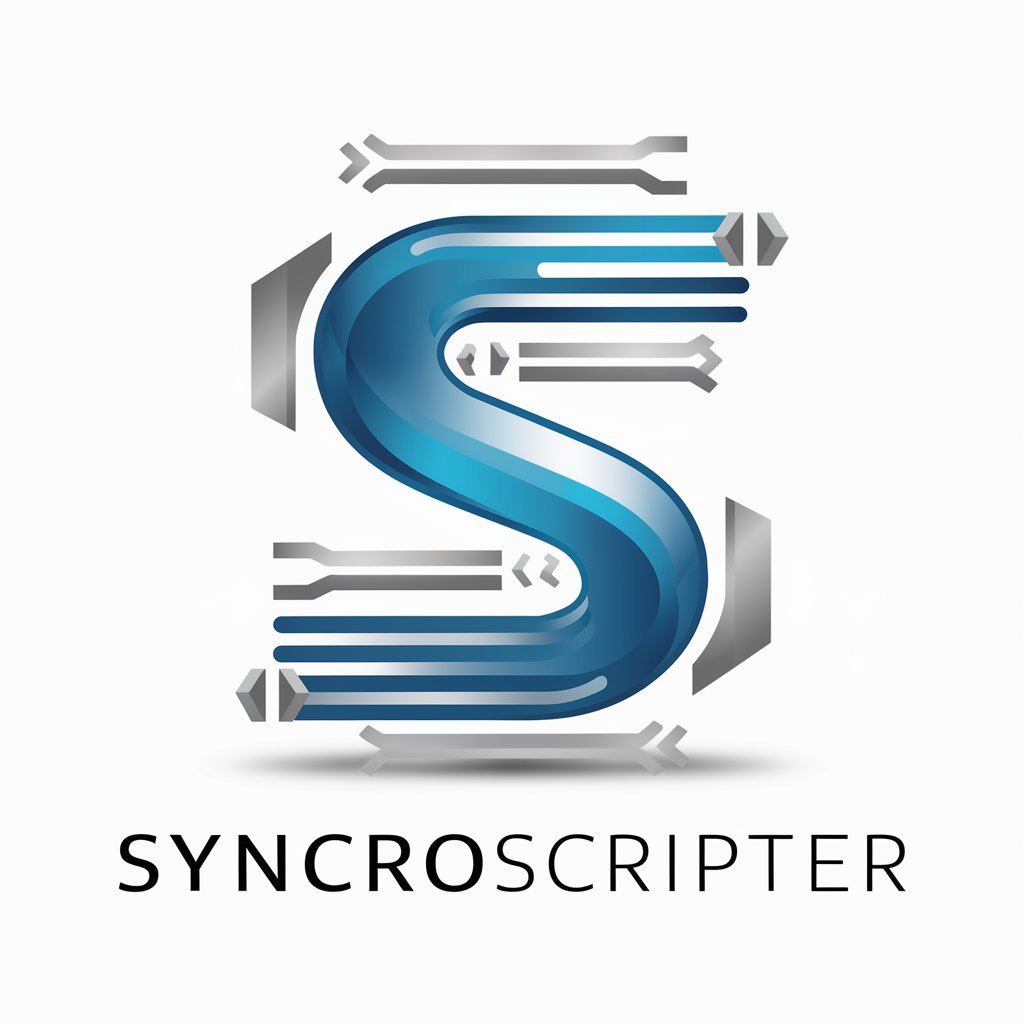
SAP PI PO CPI and Integration Wizard
Automate and simplify SAP integrations with AI.

Dashboard
AI-powered tool for smarter work solutions.
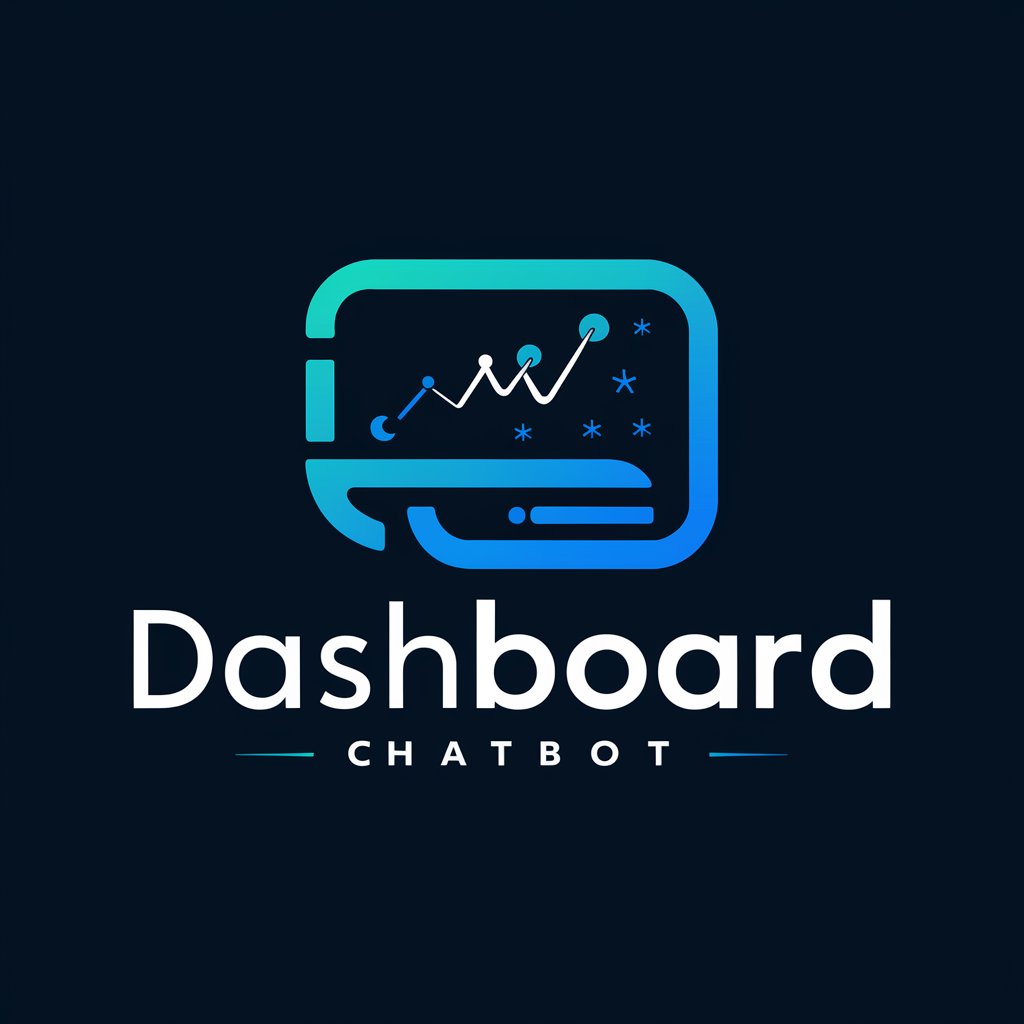
IELTS Listening Master
AI-powered IELTS listening practice tool

Dr. Societário e Empresarial
AI-powered structuring for companies and family holdings.

Matematicas financieras Ver 3.
AI-powered financial math, step by step.

Academic Reframer - Anti Plagiarism
AI-powered plagiarism detection and paraphrasing.

SharePointer
AI-driven tool for smarter content creation

🌟 Awesome Story Writer
Craft your story with AI-powered creativity.

Task Reminder
AI-powered reminders for efficient task management.
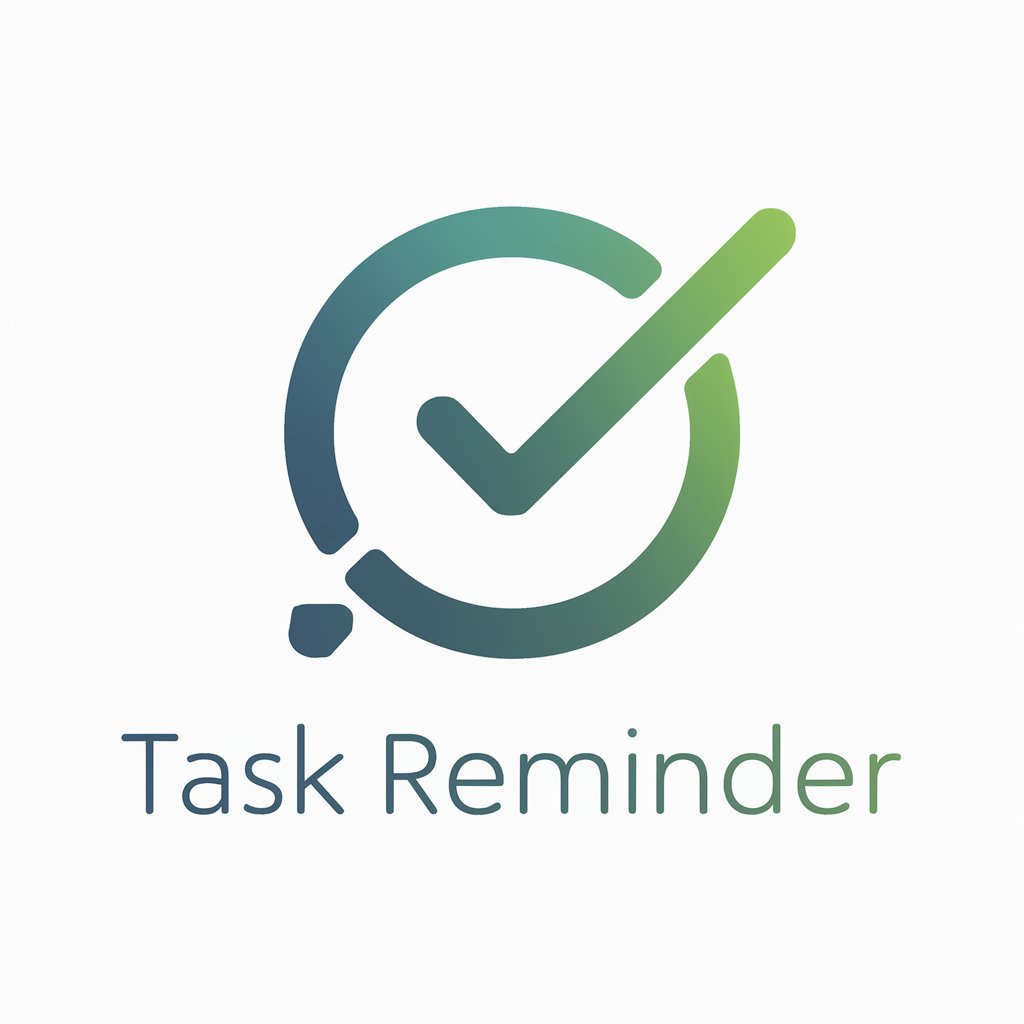
Improve Readability (SEO)
AI-powered content optimization for better SEO and readability.

- Automation
- Microservices
- Data Processing
- Web Services
- Android Apps
Five Detailed Java Q&A
Which JDK version should I use and why?
Choose an LTS release (Java 17 or 21) for stability, security patches, and broad ecosystem support. Java 21 adds virtual threads (Project Loom) for lightweight concurrency, structured concurrency, and performance improvements. Use the latest patch of your chosen LTS; adopt non‑LTS only if you need cutting‑edge features and can upgrade frequently.
How do I manage dependencies and builds in Java?
Use Maven (convention-driven, XML) or Gradle (flexible, Groovy/Kotlin DSL). Define dependencies in one file, pin versions, and leverage BOMs (Bill of Materials) to keep versions compatible. Automate compile, test, package, and run tasks. Cache builds, lock dependency versions, and scan for vulnerabilities.
What are the best practices for concurrency in Java?
Prefer high-level APIs: Executors and CompletableFuture for async tasks; use parallel streams for simple data-parallel work. In Java 21, virtual threads let you scale blocking I/O with near-thread-per-request simplicity. Avoid shared mutable state; use immutable objects and thread-safe collections. Measure contention with profilers before optimizing.
How can I quickly build a REST API?
Use Spring Boot. Create a project (start.spring.io), add web + JSON dependencies, write `@RestController` endpoints, and run `./mvnw spring-boot:run` or `./gradlew bootRun`. Structure code by feature (controller/service/repository), validate input (`jakarta.validation`), handle errors globally, and document with OpenAPI/Swagger UI.
How do I debug and profile Java applications?
Debug with your IDE breakpoints, watches, and conditional expressions. For runtime analysis, use Java Flight Recorder (JFR) and VisualVM for CPU/memory profiling. Capture heap dumps for leak analysis, enable GC logs, and track metrics with Micrometer + Prometheus/Grafana. Always reproduce issues with the same JDK flags and workload.

